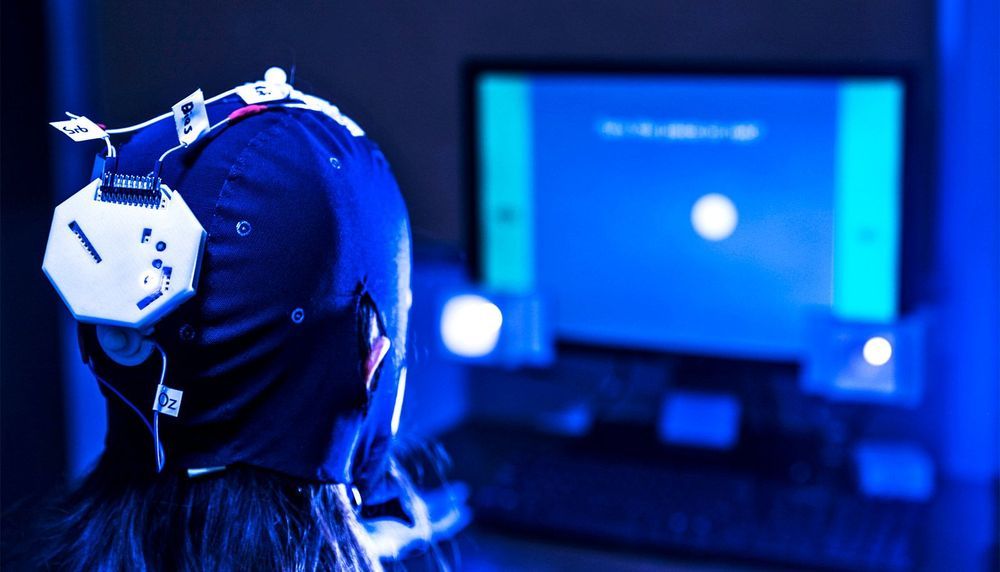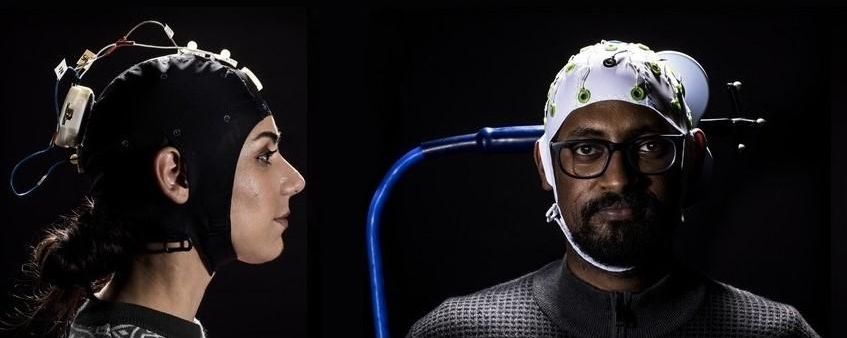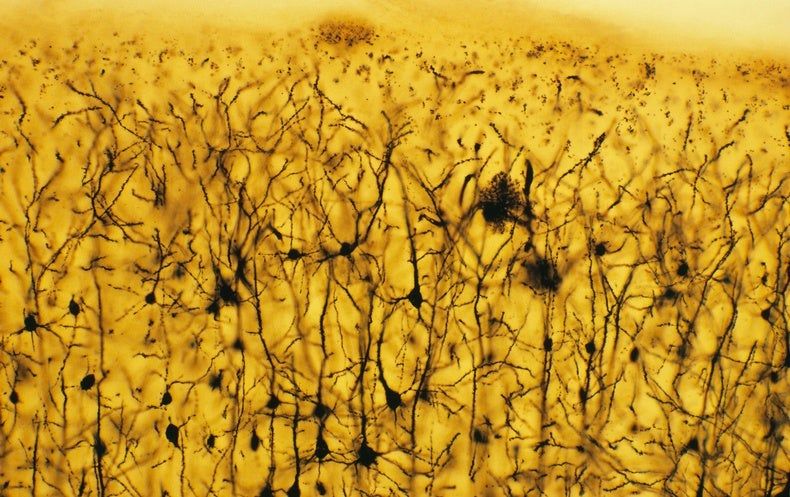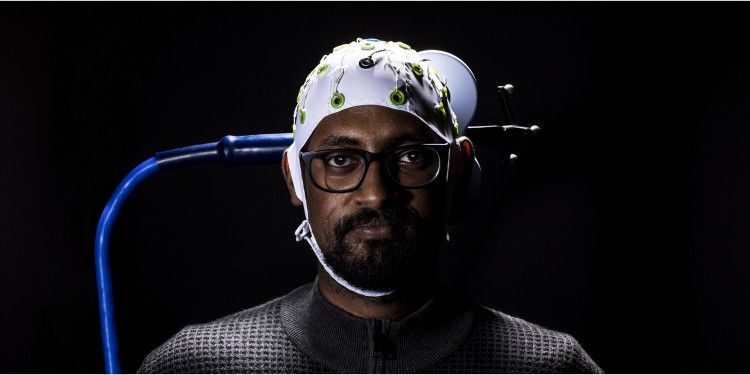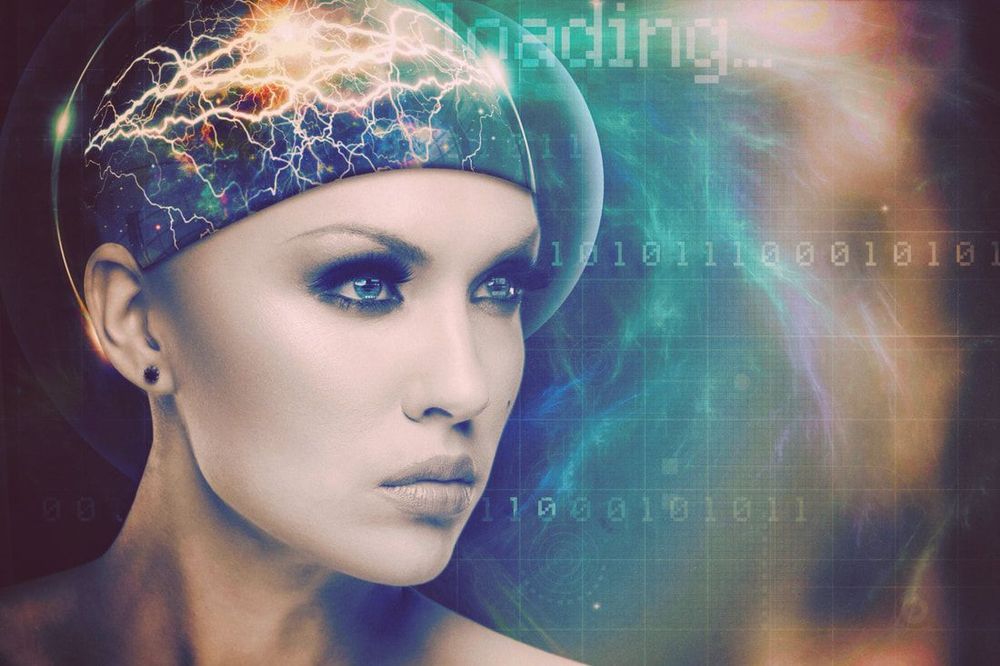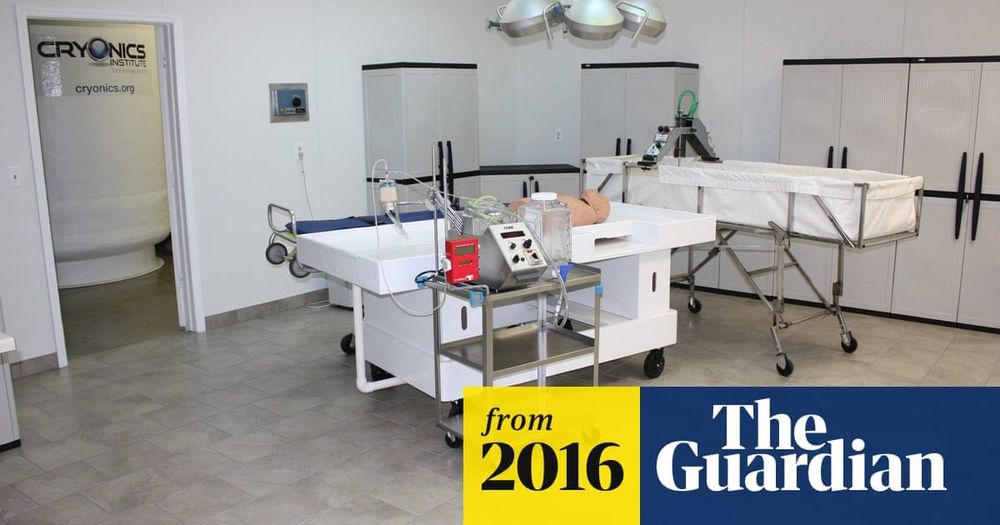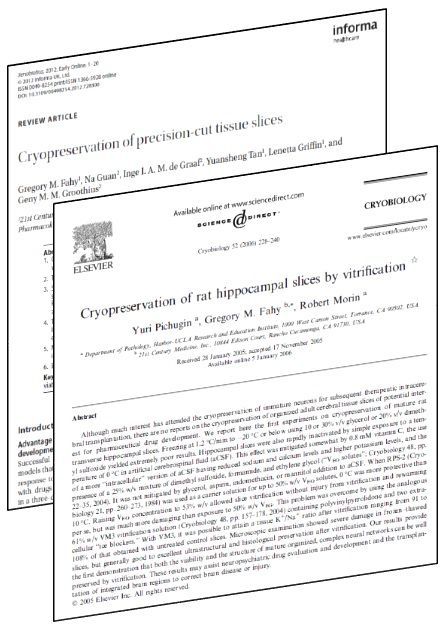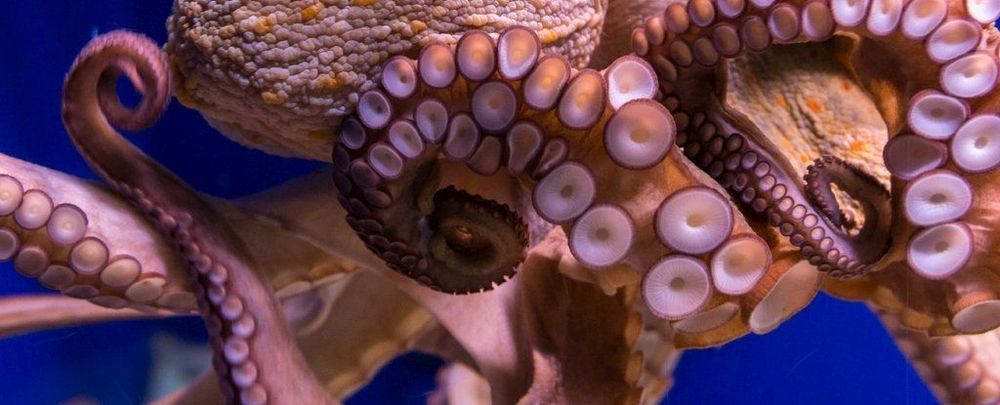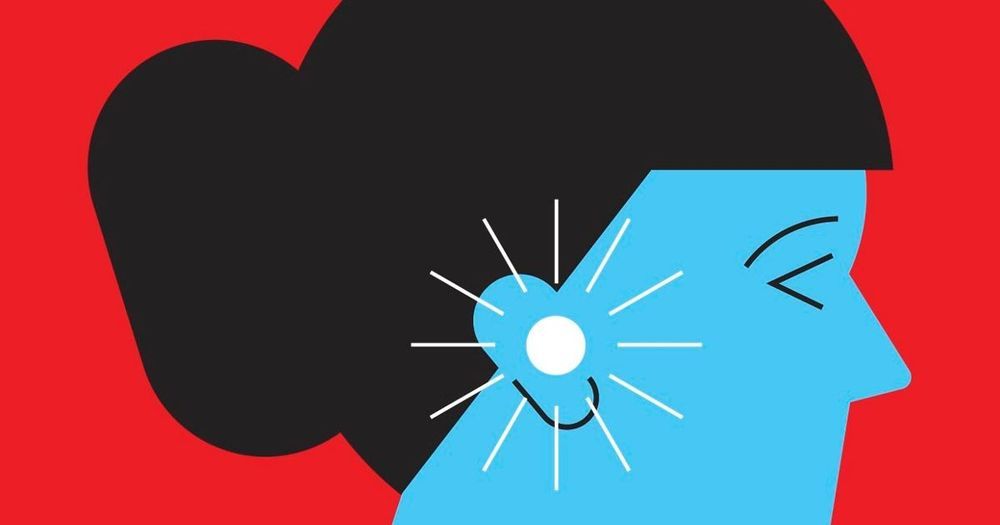A new system called BrainNet lets three people play a Tetris-like game using a brain-to-brain interface.
This is the first demonstration of two things: a brain-to-brain network of more than two people, and a person being able to both receive and send information to others using only their brain.
“Humans are social beings who communicate with each other to cooperate and solve problems that none of us can solve on our own,” says corresponding author Rajesh Rao, a professor in the Paul G. Allen School of Computer Science & Engineering and a co-director of the Center for Neurotechnology at the University of Washington.
